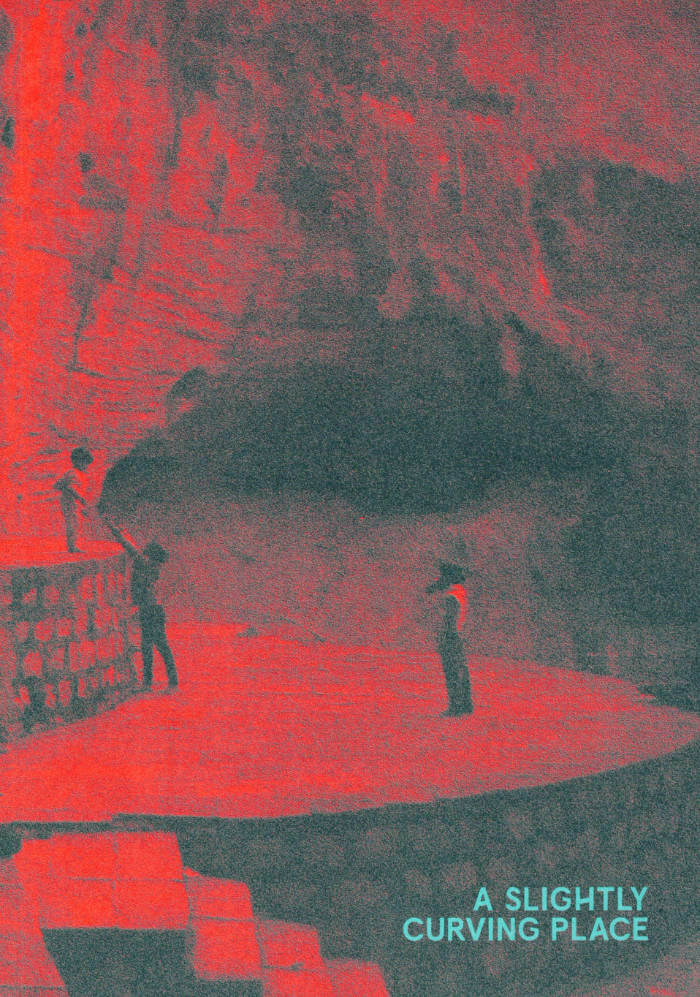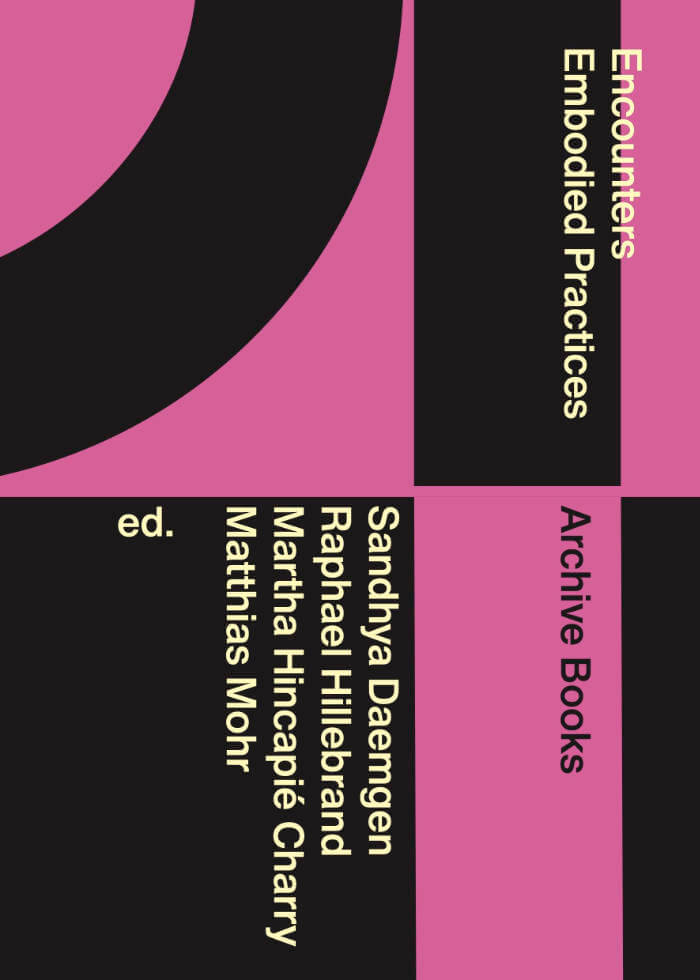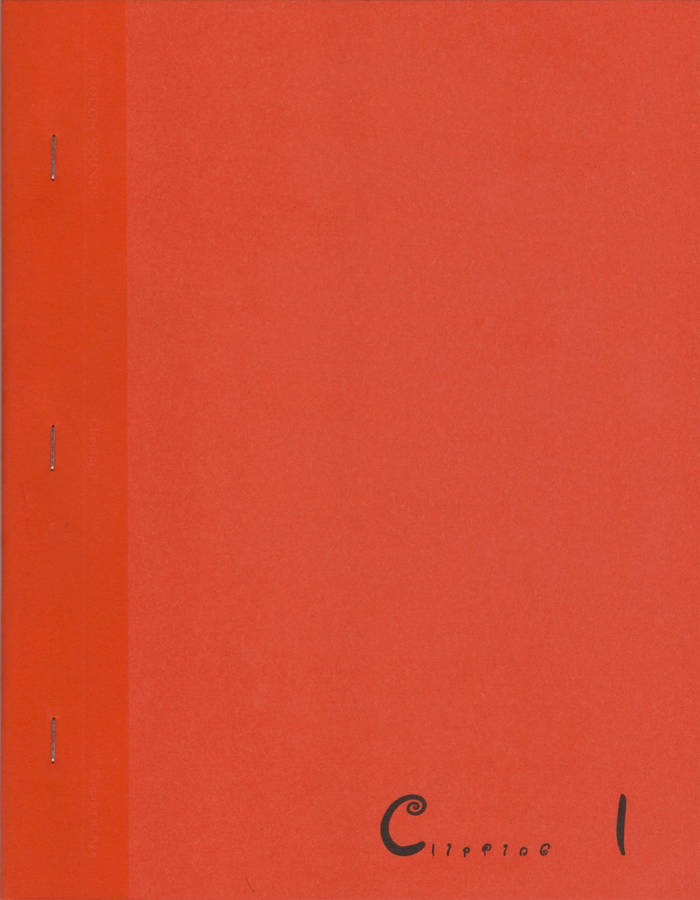
An Archaeology of Listening – A Slightly Curving Place
A proposition opened up by Umashankar Manthravadi in his practice as an acoustic archaeologist, bringing together writers, choreographers, composers, actors, dancers, musicians, field recordists and sound, light, and graphic designers who engage and transform each other's work.
The life and work of Umashankar Manthravadi is a history of sound and technology through the second half of the 20th century. As a self-taught acoustic archaeologist, he has been building ambisonic microphones since the 1990s to measure the acoustic properties of premodern performance spaces.
The publication An Archaeology of Listening accompanies the exhibition A Slightly Curving Place at Haus der Kulturen der Welt in 2020, and together they respond to the proposition in Manthravadi's practice that we can't just look for theaters in landscapes of the past—we must listen for them. Including scripts, scores, conversations, and essays, the publication considers its own format in relation to the notion of writing as the first sound-recording device.
This book was conceived in relation to the programme Coming to Know, accompanying the exhibition A Slightly Curving Place at Haus der Kulturen der Welt in Berlin in 2020. It is the first in a series of volumes titled An Archaeology of Listening.
Umashankar Manthravadi is an Indian self-taught acoustic archaeologist, sound technician, sound recordist, journalist and poet. In the early 1980s, Manthravadi helped set up and maintain one of the world's largest ethnomusicology archives, Archives and Research Center for Ethnomusicology (ARCE) in Gurgaon. As part of the artist collective Umashankar and the Earchaeologists (with Lawrence Abu Hamdan and Nida Ghouse) he investigates how sound can influence our understanding of ancient and contemporary sites. He developed ambisonic technology to document the acoustic properties of archaeological sites in India, examining in particular social forms and their actualization in performance and sound.







